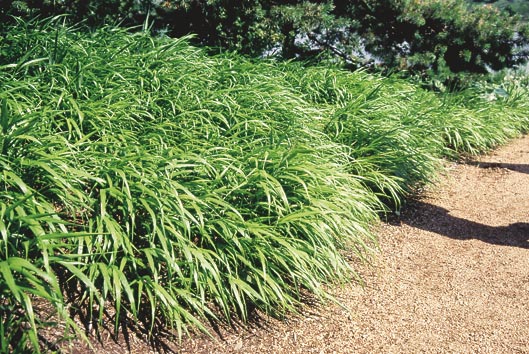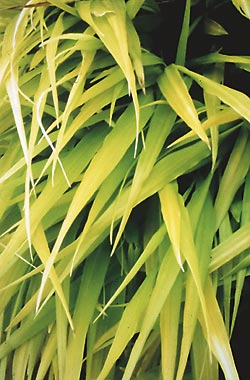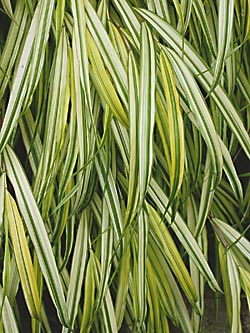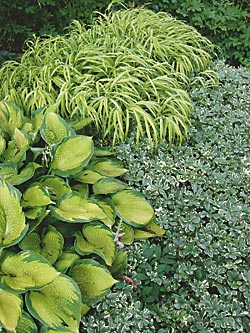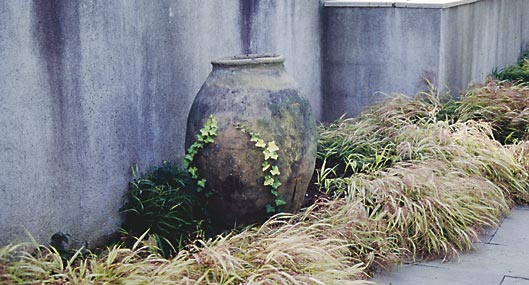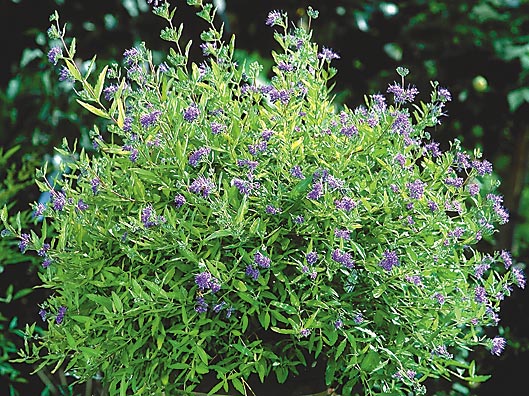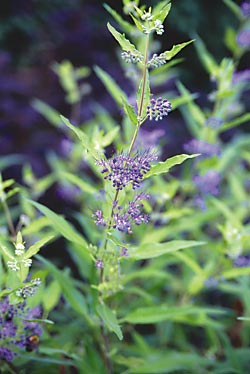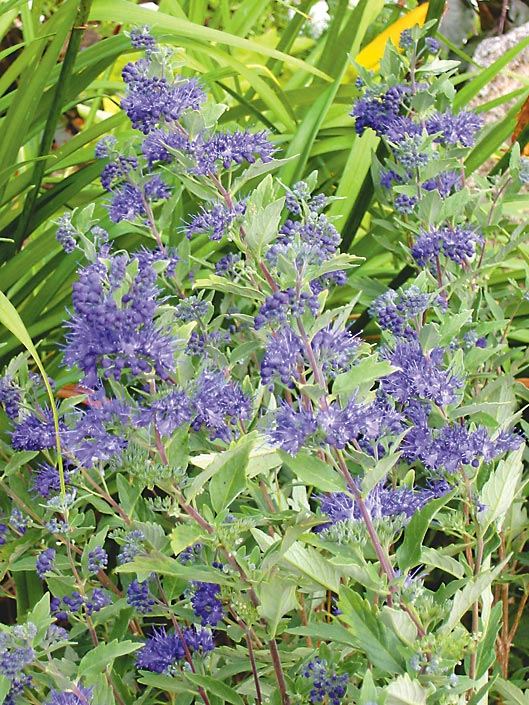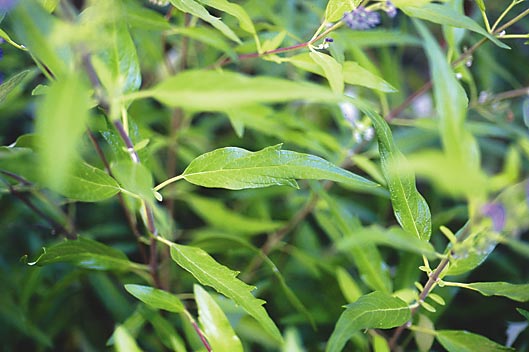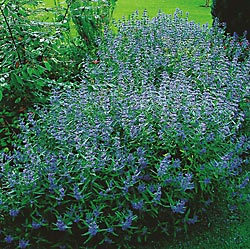My basil is riddled with holes. I can’t find any pests hanging around the plants or on the leaves. What to do?
Basil (Ocimum basilicum) can be grown in Michigan gardens as an annual herb when the ground warms in the spring or inside year-round. Basil is grown for many purposes, including crafters using it in potpourri and dried flower arrangements. Cooks find endless culinary uses for its unique flavor, including the making of vinegars, baked goods, jellies, salads and Italian dishes. Gardeners value basil as a beneficial companion plant for many vegetables to help improve growth and flavor while providing some protection from insects. We can rub leaves on our skin and place fresh sprigs on the barbecue to repel mosquitoes or lay them on top of food bowls to stop flies from landing.
Despite all its insect repellent properties, basil itself is subject to a variety of pests, including leaf-chewing slugs, snails, Japanese beetles, rose beetles, caterpillars, thrips, white flies and flea beetles. Realizing that there are a number of pests that feed on basil, your first step will be to clearly identify which pest is causing the leaf damage before a course of action can be chosen. Slugs and their relatives hide during the day, but during the night they leave telltale slime trails to identify them after the fact. Flea beetles can hide on the undersides of the leaves, with many tiny shot holes as evidence of their presence. Most of the others are able to be observed during the day if you are vigilant.
Once identified, one or more of the solutions below will help you to successfully grow and harvest this useful, valuable herb.
- Create a healthy environment by providing your plants with full sun and ample water. Plant in a nutrient-rich, well-drained soil.
- Rotate plants and introduce beneficial insects into your garden.
- Use organic controls including insecticidal soap and oils, B.t. (Bacillus thuringiensis), plant-based insecticides (pyrethrums) and diatomaceous earth.
- Learn and practice the tenets of IPM (Integrated Pest Management).
- A few pesticides are registered for legal use on basil, but the residue left on the plant and the chance of inhalation during application can be toxic.

